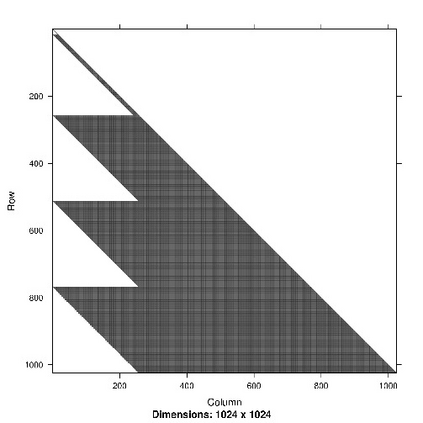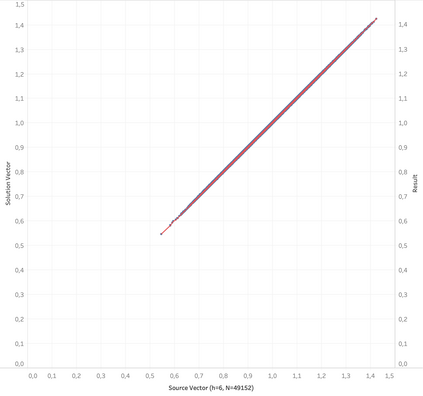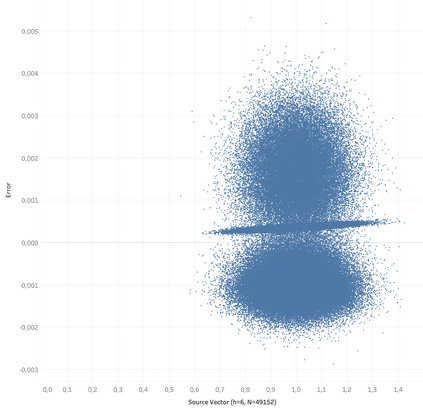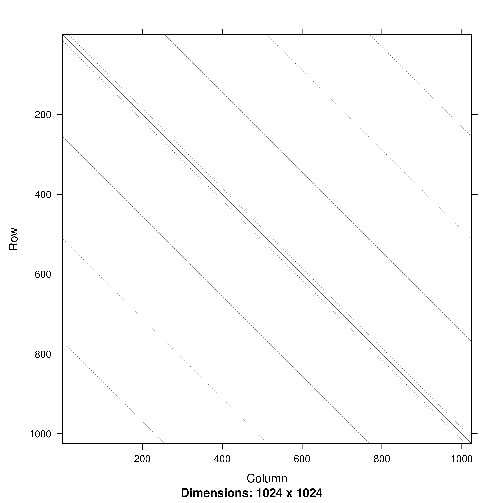Implementation of many statistical methods for large, multivariate data sets requires one to solve a linear system that, depending on the method, is of the dimension of the number of observations or each individual data vector. This is often the limiting factor in scaling the method with data size and complexity. In this paper we illustrate the use of Krylov subspace methods to address this issue in a statistical solution to a source separation problem in cosmology where the data size is prohibitively large for direct solution of the required system. Two distinct approaches are described: one that uses the method of conjugate gradients directly to the Kronecker-structured problem and another that reformulates the system as a Sylvester matrix equation. We show that both approaches produce an accurate solution within an acceptable computation time and with practical memory requirements for the data size that is currently available.
翻译:为大型多变量数据集采用许多统计方法,需要一种方法解决线性系统,该系统视方法而定,是观测次数或每个数据矢量的维度,这往往是用数据大小和复杂度衡量方法规模的限制因素。本文件我们举例说明使用Krylov子空间方法在统计上解决宇宙学中的源分离问题,在宇宙学中,数据大小之大令人望而却步,无法直接解决所需的系统。我们描述了两种不同的做法:一种是使用将梯度直接与克朗克尔结构问题相融合的方法,另一种是将系统改制成Sylvester矩阵等式。我们表明,两种方法在可接受的计算时间内都产生了准确的解决办法,对目前可用的数据大小提出了实际的内存要求。









